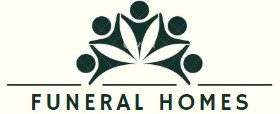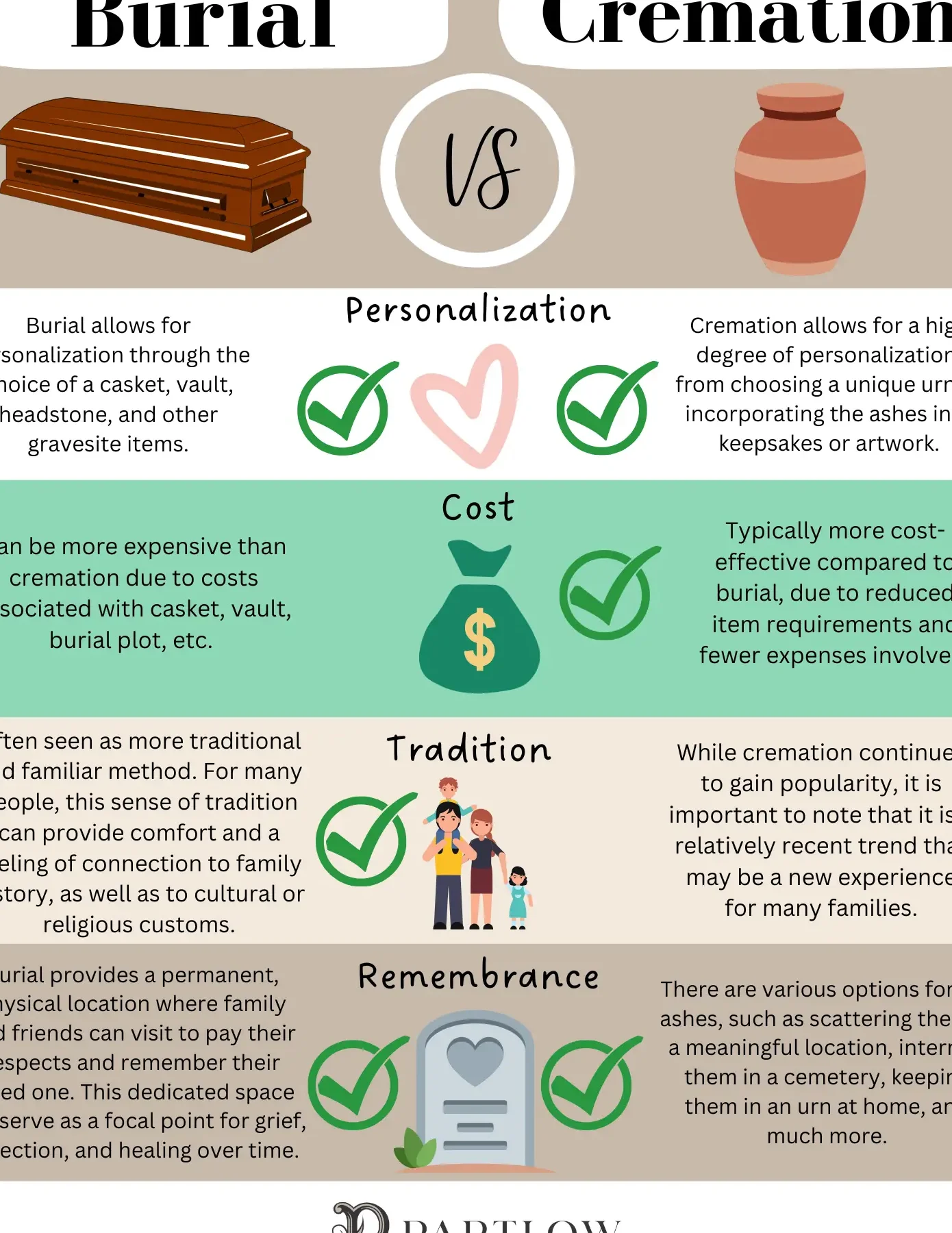Cremation and burial are two options to consider when making end-of-life arrangements. In terms of cost, cremation tends to be more economical than burial. Cremation involves a process where the body is cremated, and the remains can be kept in an urn or scattered. Burial, on the other hand, includes steps such as embalming and the actual burial at a cemetery. Understanding the differences in costs and processes can help individuals make an informed decision. This article explores the topic of cremation versus burial, highlighting the factors to consider and the growing popularity of cremation.
Understanding Cremation
The Cremation Process
Cremation is a process that involves several key steps. Firstly, it is important to note that the regulations and laws surrounding cremation may vary from state to state. Funeral directors typically need to wait for up to 48 hours after death before the cremation can proceed. During this time, the necessary authorization forms and permits are completed.
Family members have the opportunity to say their final goodbyes, perform funeral rites, or conduct a service before the actual cremation takes place. The body is then placed into a cremation chamber, where it undergoes the process of cremation, which typically takes 1 to 3 hours. Once the remains have cooled, they are placed in an urn or container, which can be kept at home, placed in a cemetery, or scattered according to the deceased’s wishes.
Benefits of Cremation
Cremation offers several practical benefits compared to burial. One key advantage is cost-effectiveness. Choosing cremation can be more affordable than traditional burial options. Additionally, cremation allows for the flexibility of keeping the remains with family members. There are no time restraints, and the cremation can be conducted in any location.
It’s important to note that not all locales offer cremation services, and some family members might not be comfortable with the cremation process. Individuals should consider these factors when making a decision.
Cremation Costs
When comparing the costs of cremation and burial, it is crucial to consider various factors. According to the National Funeral Directors Association (NFDA), the median cost estimate for cremation with a viewing and funeral is approximately $6,970, while the cost of burial with a vault and funeral is around $9,420. It is important to recognize that these costs can vary significantly based on specific services and products chosen.
The cremation process itself is typically less expensive than the burial process, which involves additional steps such as embalming, transportation of the body, and the actual burial at a cemetery. Cemetery rules and limitations can also contribute to the higher costs associated with burial.
Exploring Burial
In this section, we will delve into the process of burial as an end-of-life option. We will discuss the steps involved in the burial process, the pros and cons of choosing burial, and the associated costs.
The Burial Process
The burial process encompasses various steps that involve the respectful handling and interment of the deceased.
- Preparation: The body is typically prepared through bathing and disinfecting, ensuring proper care and hygiene.
- Embalming (if chosen): In some cases, embalming may be performed to preserve the body temporarily, allowing for an open-casket viewing.
- Transportation: The body is then transported to the chosen cemetery for burial.
- Burial Ceremony: Family and friends gather for a burial ceremony, where final farewells and rituals are performed.
- Interment: The body is laid to rest in a grave, usually within a casket or burial vault.
Pros and Cons of Burial
Choosing burial as an end-of-life option comes with its own set of advantages and disadvantages.
Pros
- Gravesite Visitation: Burial provides a physical location where loved ones can visit, pay respects, and find solace.
- Familiar Rituals: The process of burial aligns with traditional funeral and mourning practices, providing a sense of familiarity and comfort.
Cons
- Higher Costs: Burial generally incurs higher expenses compared to cremation due to the need for a casket, burial plot, and other associated costs.
- Cemetery Limitations: Burial is subject to cemetery rules and regulations, including restrictions on grave markers, flowers, and maintenance requirements.
Burial Costs
The cost of burial can vary based on several factors, such as location, burial plot selection, choice of casket, and additional services. Unlike cremation, which generally offers more cost-effective options, burial expenses tend to be higher. It is essential to consider these costs when making end-of-life arrangements.
Cremation vs Burial: Which is More Economical?
Factors to Consider
When deciding between cremation and burial, several factors come into play. The cost is a significant consideration, as cremation is generally more affordable than burial. However, personal preferences, cultural and religious beliefs, and the availability of cremation services in the area should also be taken into account. Additionally, ecological considerations, such as the environmental impact of burial versus cremation, may influence the decision-making process.
Popularity and Trends
In recent years, cremation has gained popularity, surpassing burial rates. This shift can be attributed to various factors, including cost-effectiveness and changing cultural attitudes. It is projected that cremations will continue to rise in the coming years, with an estimated 80 percent of individuals choosing cremation by 2040. Understanding these trends can help individuals make an informed decision based on what aligns with their values and fits their budget.
Making an Informed Decision
Choosing between cremation and burial requires careful consideration. It is essential to research and understand both options, assessing factors such as cost, personal preferences, logistical feasibility, and environmental impact. Consulting with family members and funeral professionals can provide valuable insights and guidance. By evaluating these factors and making an informed decision, individuals can ensure that their end-of-life arrangements are not only economical but also respectful and in line with their values and beliefs.
As the industry continues to evolve, the decision between cremation and burial becomes increasingly important. By understanding the factors to consider, staying informed about current trends, and making a well-thought-out decision, individuals and families can navigate this choice with clarity and confidence.




